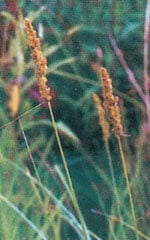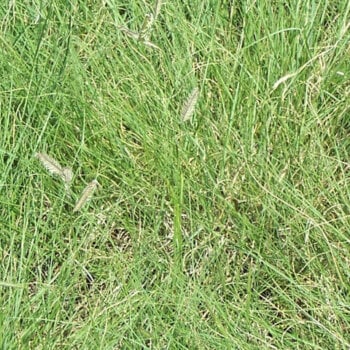Description
Fox Sedge Seeds 8070 (Carex vulpinoidea). Native of Canada. Perennial.
2,800 seeds/gram
Fox Sedge is the ultimate wetland sedge – individual plants can grow into clumps 60 cm tall by 60 cm in diameter. In mid-summer the brownish yellow seed heads, which resemble a miniature fox tail, spray out to create a stunning effect. Very adaptable plant as it grows in wet soils, standing spring water in ditches, seasonally flooded run-off areas and makes a perfect companion plant for wetland wildflowers. This is a great plant for areas too wet to mow but where a rich, green lawn like appearance is desired. Best results are attained from a fall planting. While an early spring planting will also work, it can take longer to establish. Hardy to Zone 3. For many native and perennial plants, late fall is the best time to sow seed directly outside. Why you ask? Simply put, many of these plants produce seed that is viable but dormant. This means allowing seeds to naturally stratify over window will “wake up” the dormant seed for best results.
How to Grow
Native sedges do best when planted in the fall, between Oct. 15th and Nov. 15th. A late fall sowing naturally stratifies any seed that may be dormant. An early spring sowing in April will work but often not as effectively. If ideal growing conditions are unavailable, the seed may go dormant and not germinate until the spring of the following year.
Many native plants will not bloom until the second year of growth when grown from seed. Avoid the use of supplemental fertilizer as this encourages weeds at the expense of the native plants. During the establishment year, native species plantings should be watered when dictated by the weather. The following year’s growth adapts easily to local climate and soil conditions needing only what nature provides. Mow to 20 cm height at least once through the first year of growth should aggressive weeds threaten to take over the planting and again after the fall frosts have reduced annual foliage. Consider a controlled burn of prairie species where municipal laws permit. The encroachment of woody or non-prairie vegetation is curtailed by fire allowing the prairie community to thrive.





